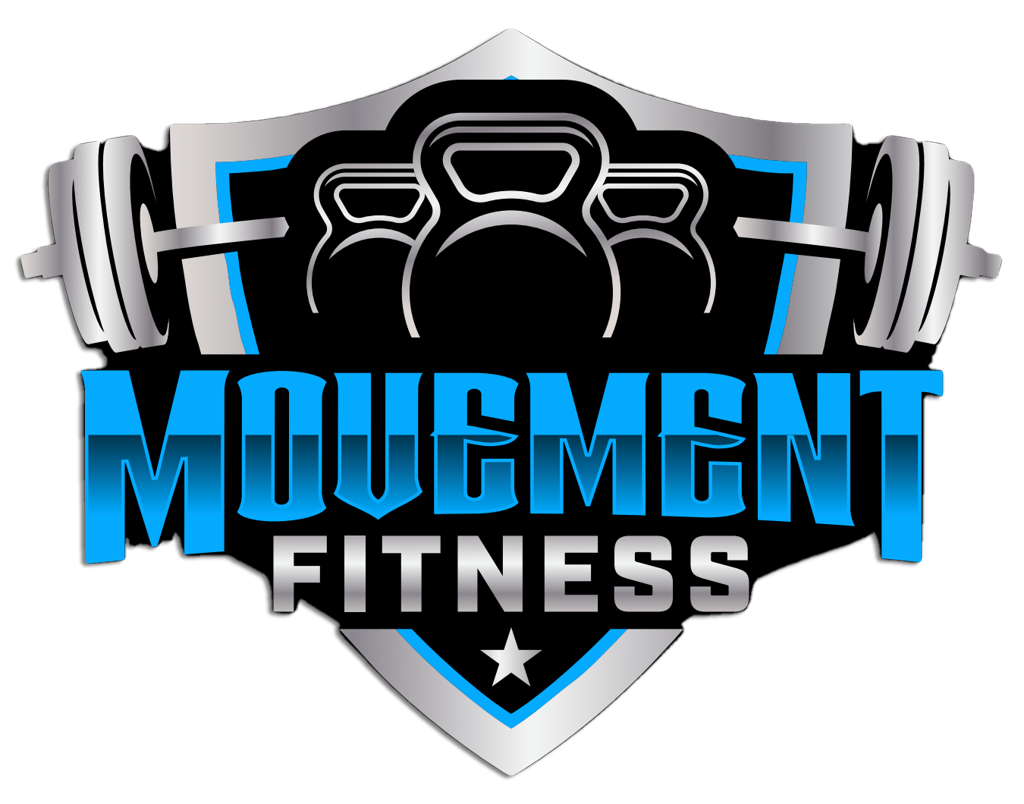TRX Basics: Your Guide to Starting Suspension Training
Introduction
Total Body Resistance Exercise (TRX) is a versatile and effective form of suspension training. Developed by Navy SEALs, TRX leverages gravity and body weight to perform a variety of exercises. This article introduces beginners to TRX and outlines some of the best exercises to start with.
1. What is TRX?
TRX is a form of suspension training that uses body weight exercises to develop strength, balance, flexibility, and core stability simultaneously. It involves using a system of ropes and webbing called a "TRX Suspension Trainer" to allow users to work against their own body weight.
2. Benefits of TRX Training
TRX training is suitable for all fitness levels and offers numerous benefits. It engages multiple muscle groups, improves core strength, enhances balance, and offers a full-body workout. Its adjustable nature allows for tailored exercise difficulty, from beginners to advanced athletes.
3. Getting Started with TRX: Essential Exercises for Beginners
Here are some fundamental TRX exercises perfect for beginners:
a. TRX Squats: This exercise strengthens the legs and glutes while improving balance and stability. Stand facing the anchor point, holding the TRX handles in front of you, and perform a squat.
b. TRX Rows: To build upper body strength, particularly in the back and arms, face the anchor point, lean back, and pull your chest towards your hands.
c. TRX Chest Press: Facing away from the anchor point, lean forward with your arms extended, then lower your body before pushing back up, similar to a push-up.
d. TRX Plank: This core exercise involves placing your feet in the TRX straps and holding a plank position. It's excellent for building core strength and stability.
4. Tips for TRX Training Beginners
- Start Slowly: Begin with basic exercises and gradually increase the difficulty.
- Focus on Form: Proper form is crucial to prevent injury and maximize benefits.
- Adjust the TRX: Learn how to adjust the TRX straps for different exercises.
- Listen to Your Body: Avoid pushing too hard initially and build intensity over time.
Conclusion
TRX offers an effective and versatile workout option for individuals of all fitness levels. Beginners can particularly benefit from its adaptability and the full-body engagement it offers. By starting with basic exercises and focusing on form, beginners can safely enjoy the benefits of TRX training.
Exercise and Nutrition: Keys to a Healthier You
Introduction
In the quest for optimal health, balancing regular exercise with healthy eating is crucial. This holistic approach not only enhances physical fitness but also improves overall well-being. This article delves into why this balance is important and how to achieve it effectively.
1. The Role of Exercise and Nutrition
Exercise and nutrition are two pillars of good health. While exercise strengthens the body and improves cardiovascular health, nutrition provides the necessary fuel and building blocks for the body to function and recover. The Centers for Disease Control and Prevention (CDC) emphasize the importance of both in maintaining a healthy weight and reducing the risk of chronic diseases.
2. Enhanced Physical Benefits
A balanced approach to exercise and healthy eating leads to enhanced physical benefits. Regular physical activity increases muscle strength and endurance, and a nutritious diet provides the necessary nutrients to support these physical changes. The American College of Sports Medicine notes that the right nutrition can improve exercise performance, recovery, and outcomes.
3. Mental Health and Well-being
This balance also has significant mental health benefits. The Mayo Clinic reports that exercise improves mood and mental health, while a balanced diet can stabilize energy levels and improve brain function. Together, they contribute to better stress management and cognitive function.
4. Long-term Health Implications
Maintaining a balance of exercise and healthy eating has long-term health implications. According to the World Health Organization (WHO), this balance is key in preventing chronic diseases like diabetes, heart disease, and obesity, and in promoting longevity and quality of life.
5. Achieving and Maintaining the Balance
Achieving this balance involves regular physical activity (both aerobic and strength training), and a diet rich in fruits, vegetables, lean proteins, and whole grains. It’s also important to listen to the body’s cues and adapt as needed. Consulting with healthcare professionals for personalized advice can be beneficial.
Conclusion
Balancing regular exercise with healthy eating is a cornerstone of maintaining good health and well-being. This synergy enhances both physical and mental health and provides a strong foundation for long-term wellness. Understanding and applying this balance in daily life can lead to significant improvements in quality of life.
References:
- “Physical Activity and Health,” Centers for Disease Control and Prevention.
- “Nutrition and Athletic Performance,” American College of Sports Medicine.
- “Exercise and Mental Health,” Mayo Clinic.
- “Diet, Nutrition and the Prevention of Chronic Diseases,” World Health Organization.
Beginner Strength Training Tips
Starting your strength training journey can be overwhelming, especially when faced with an assortment of machines, free weights, and seasoned athletes at the gym. But remember, everyone has to start somewhere. If you're a newbie ready to embark on this path, here are some quick and effective tips to set you on the right track.
1. Consult a Professional
Before diving in, it's essential to consult with a healthcare professional to ensure you're fit for resistance training1. After getting the green light, consider hiring a personal trainer, even just for a session or two, to teach you the basics and form.
2. Start with Bodyweight Exercises
Before hitting the weights, familiarize yourself with bodyweight exercises. They help improve flexibility, mobility, and strength. Examples include push-ups, squats, and lunges2.
3. Prioritize Form over Weight
It's tempting to lift heavy right away, but poor form can lead to injuries3. Focus on mastering the correct technique with lighter weights before increasing the load.
4. Warm-Up Properly
A good warm-up increases blood flow and prepares your muscles for the upcoming stress4. Spend at least 10-15 minutes on dynamic stretches and light cardio.
5. Integrate Compound Movements
Exercises like deadlifts, squats, bench presses, and rows work multiple muscle groups simultaneously, making them highly effective for strength gains5.
6. Stay Hydrated
Water supports every metabolic process, including muscle building. Aim for at least 8 cups daily, and more if you're sweating profusely6.
7. Rest and Recovery
Muscles grow during rest, not while you're lifting. Ensure you're getting enough sleep and consider taking rest days between intense workouts7.
8. Follow a Balanced Diet
Fueling your body with the right nutrients, especially protein, is vital for muscle growth and recovery8.
9. Stay Consistent
Like any other skill, strength training requires consistency. Aim for at least 3 days a week and be patient. Progress might be slow initially, but it's worth the effort.
10. Track Your Progress
Maintain a workout log to note down exercises, weights, sets, and reps. It helps in assessing progress and tweaking routines as needed.
Conclusion
Starting your strength training journey is an exciting endeavor. With the right approach and commitment, you'll soon experience the myriad benefits, from increased muscle mass to better overall health. So, lace up, stay motivated, and lift on!
References:
Footnotes
- ACSM's Guidelines for Exercise Testing and Prescription. ↩
- Harvard Health Publishing - The Benefits of Bodyweight Training ↩
- “Starting Strength” by Mark Rippetoe. ↩
- The Importance of Warming Up and Cooling Down ↩
- Compound vs. Isolation Exercises: Which are Better? ↩
- Water: How much should you drink every day? - Mayo Clinic ↩
- The Role of Sleep in Recovery and Restoration ↩
- The role of protein in weight loss and maintenance. ↩



